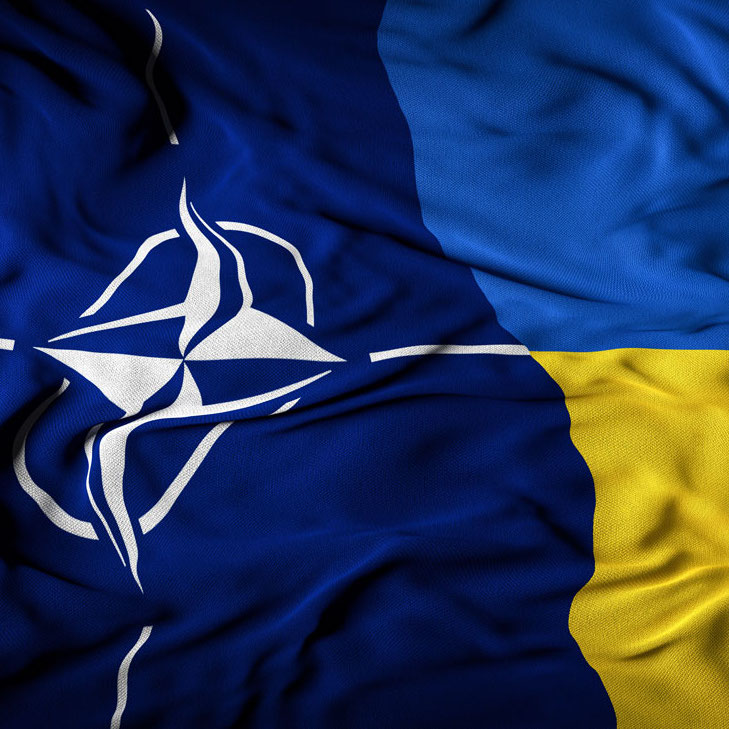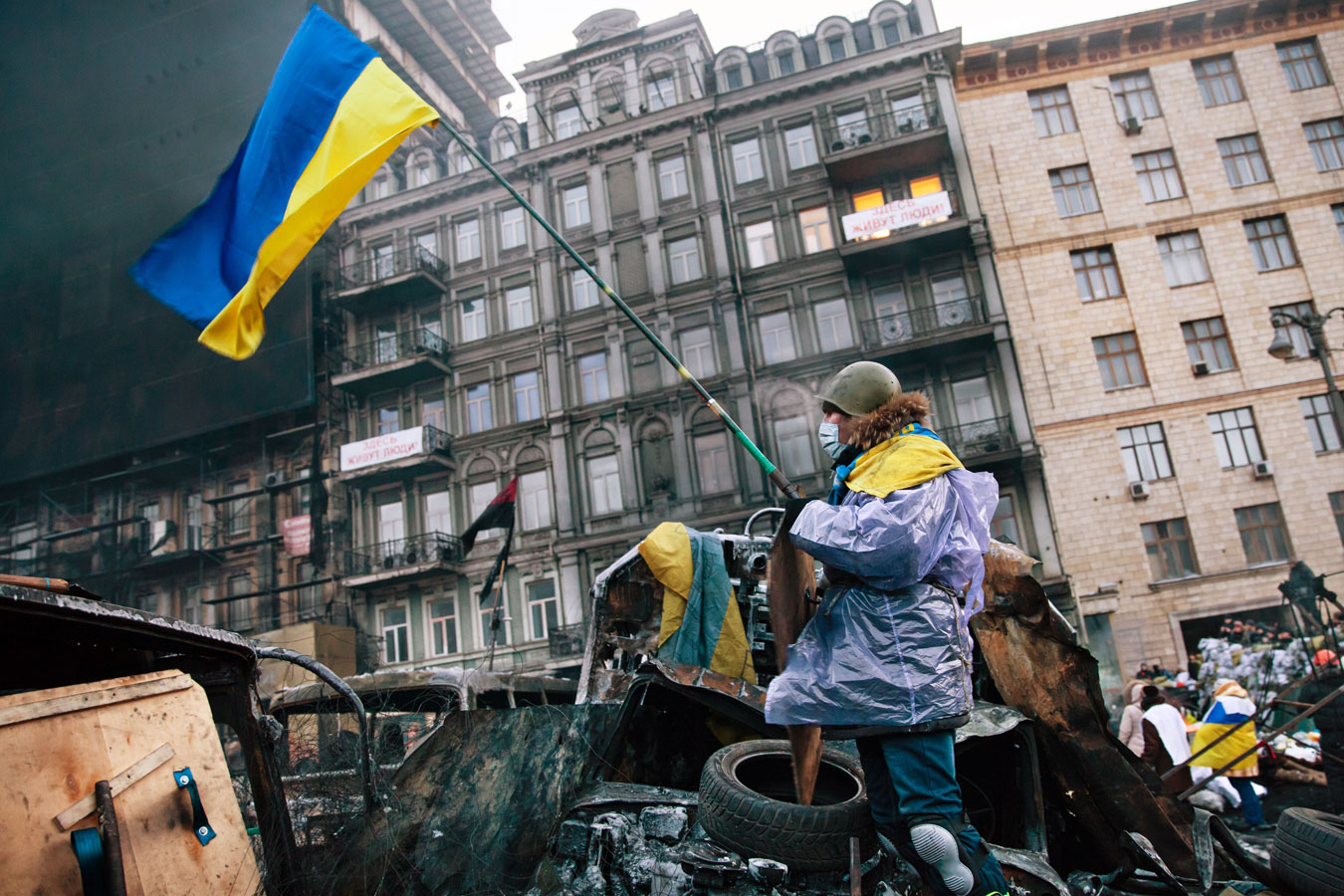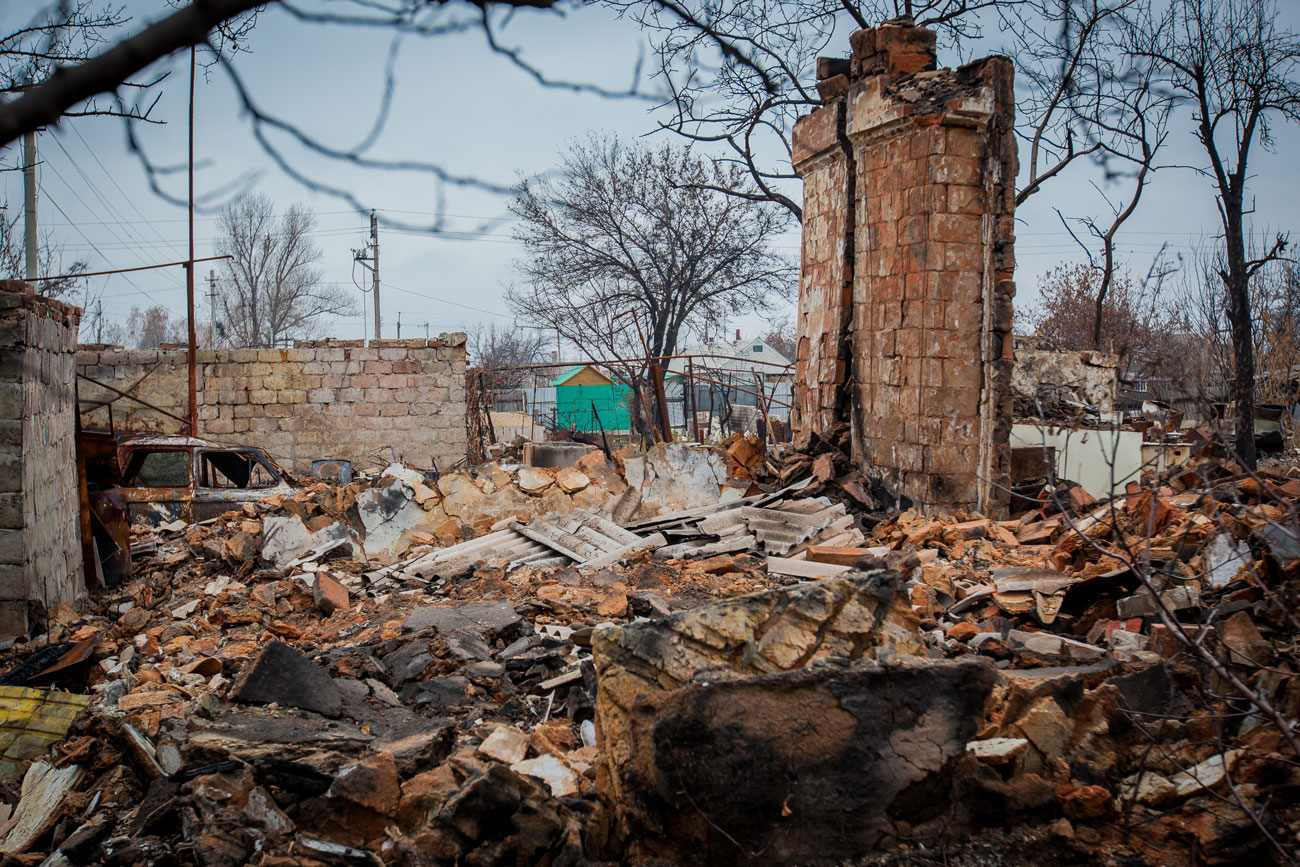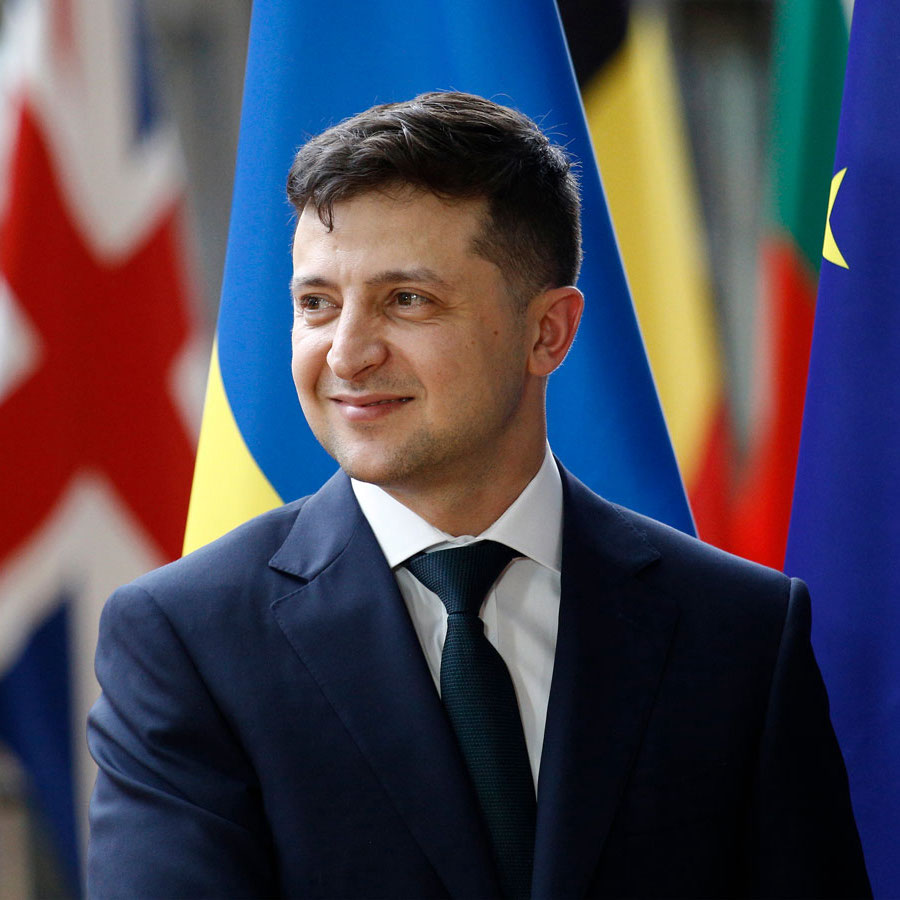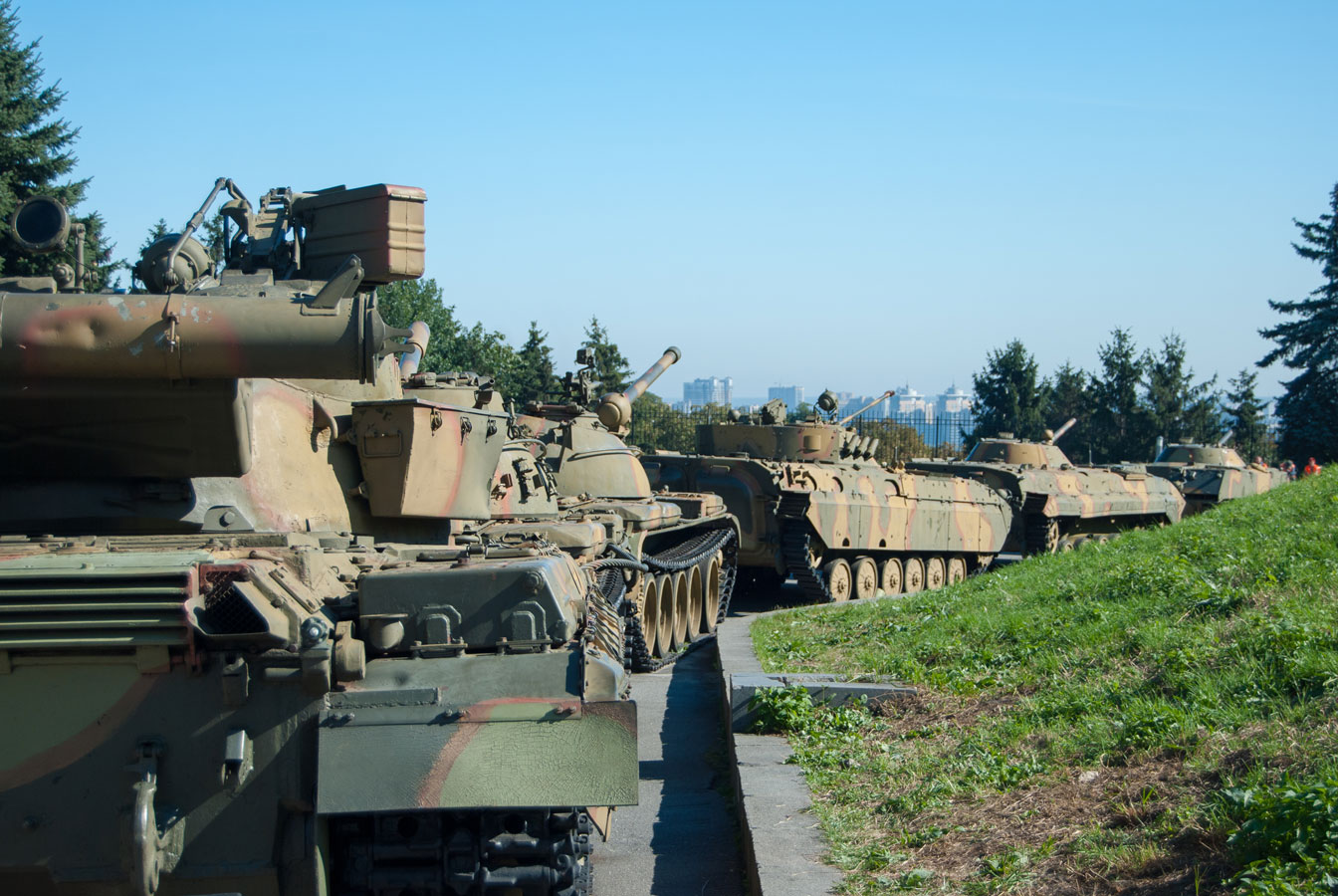Increasing awareness of the events in Ukraine, and raising money to help Ukraine and its people.
Where is Ukraine?
Ukraine is a country in Eastern Europe with a population of over 44 million people. It is the second-largest country by area in Europe.
The country is bordered by Moldova, Romania, Hungary, Slovakia, and Poland to the west, Belarus to the north, Russia to the east, and the Sea of Azov and the Black Sea to the south.
The capital of Ukraine, Kiev, is located in the north-central part of the country.
Brief History
Ukraine has been fighting for independence for multiple centuries. In 1917-1921, the Ukrainian People’s Republic emerged after a period of civil war. In 1922, Ukraine became one of the republics under the Soviet Union. Initially, Ukraine maintained its own language and culture, but by 1930, Russia forced countries within the Soviet Union to assimilate, creating policies that mandated countries to become more like Russia.
In 1932-1933, the Soviet Union carried out a genocide of the Ukrainian people by instilling widespread famine in the country in what became known as Holodomor. This was done to purposely kill Ukrainian people by starvation in order to eliminate opposition from the Soviet regime and attempts to build an independent Ukrainian state apart from Moscow. An estimated 7-10 million people died as a result.
World War II (WWII) started in 1939. By 1941, Nazi German troops made covert plans to take over the Soviet Union in what was known as Operation Barbarossa. As part of this plan, they invaded Ukraine, which had the largest Jewish population in the Soviet Union before the war. One of Nazi Germany’s immediate goals was to kill as many Jewish men as possible, and they carried out repeated massacres and mass shootings of Jewish people, killing an estimated 1.5 million people in Ukraine. One of the largest sites of mass execution was Babyn Yar, where nearly 33,000 people were massacred into a ravine over a 2-day period (September 29-30, 1941). A memorial center would be built there in 2016 to commemorate the victims.
In November 2004, elections were held, with Russian-based candidate Viktor Yanukovych and western-supporting candidate Viktor Yushchenko running for president. Yushchenko was poisoned but subsequently recovered. Yanukovych ultimately won in a widely-recognized fraudulent election. A series of protests called the Orange Revolution followed, leading to a re-vote which Yushchenko won.
In November 2013, Ukrainians held public protests against Viktor Yanukovych when he, caving under pressure from Russia, refused to sign the European Union-Ukraine Agreement. This agreement would create closer ties between Ukraine and the European Union. The protests against corruption, abuse of power, and human rights, which became known as the Revolution of Dignity, turned violent and continued until February 2014. Over 106 Ukrainian people were killed and over 1,316 people were injured by governmental forces.
By February 2014, former president Yanukovych fled the country, and the Agreement on settlement of the political crisis in Ukraine was signed, which intended to resolve the political crisis that was occurring. With this agreement, Ukraine saw a reinstation of the Constitution of 2004 and a return to a parliamentary-presidential government.
By April 2014, pro-Russian separatists, led by former members of the Russian Federation, traveled to eastern Ukraine and started the armed conflict in the eastern region of Donbas (containing Donetsk and Luhansk) near the Russian border, invading using unmarked vehicles. This invasion by Russia created the then-unrecognized republics of Donetsk People’s Republic (DPR) and Luhansk People’s Republic (LPR). Russia did not acknowledge its involvement in the invasion. Ongoing tension and conflict continued in that region thereafter, with 14,000 people dying as a result.
In April 2019, Volodymyr Zelensky was elected president of Ukraine, winning against Petro Poroshenko with an overwhelming majority. Shortly after coming into office, President Zelensky urged Russian President Putin to withdraw unmarked troops from the region of Donbas, trying to negotiate an agreement with Russia in an effort to end the war. He also met with the European Union and NATO







